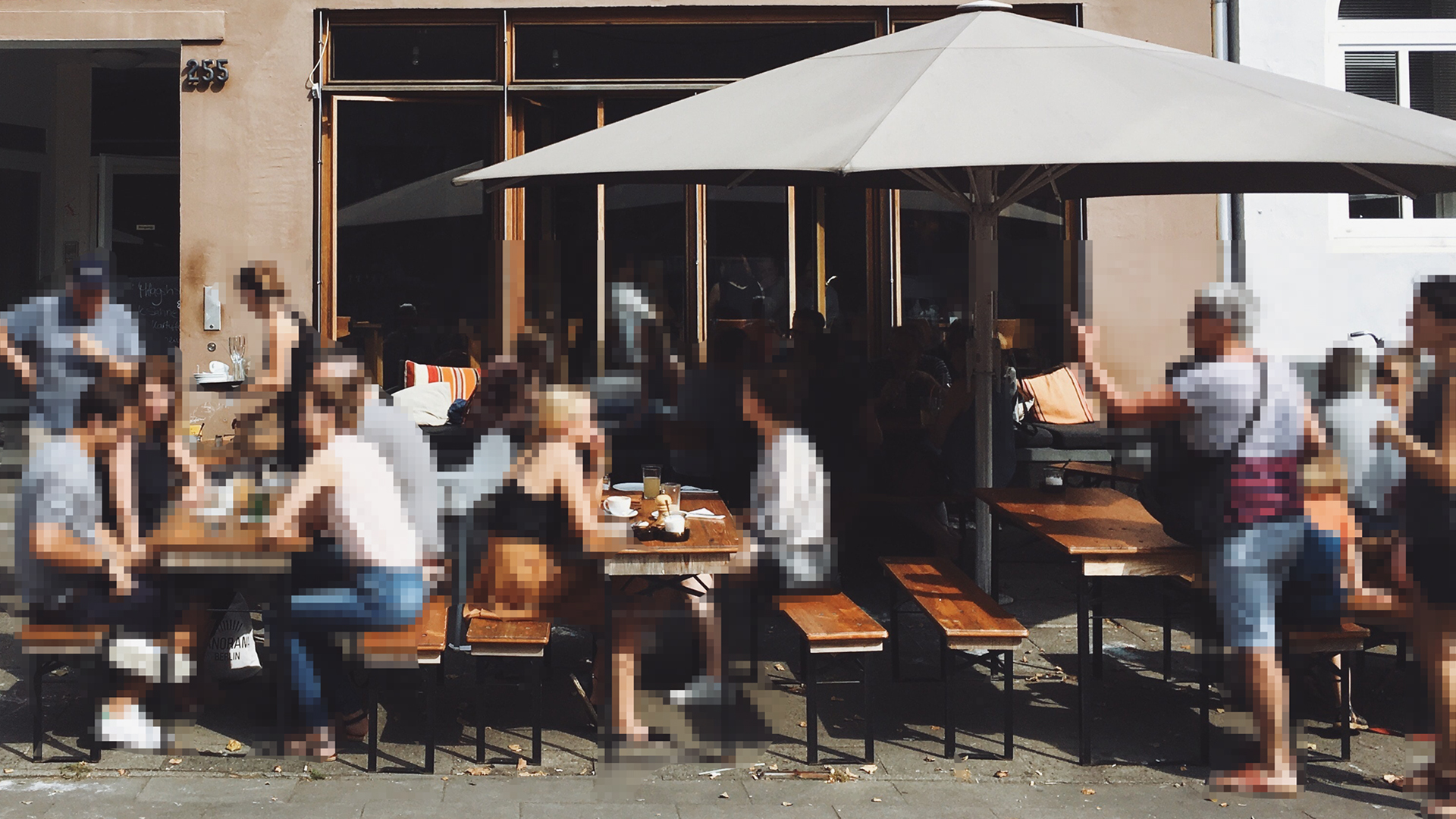Demystify privacy masking, redaction, and video anonymization
What’s the difference between static and dynamic privacy masking? How are they different from redaction? Discover anonymization techniques and more.

Why is privacy in physical security important?
Privacy has been a hot topic in the last decade. That’s because more governments around the world are enacting new privacy laws that hold organizations accountable for how they collect, store, and access personal information.

From the European Union's General Data Protection Regulations (GDPR) and the California Consumer Privacy Act (CCPA) to Canada’s Personal Information Protection and Electronic Documents Act (PIPEDA) and Singapore’s Personal Data Protection Act, new privacy laws are emerging in all parts of the globe.
Since many privacy regulations come with big punitive consequences, privacy considerations can no longer be just an afterthought. Suppose you’re using physical security solutions such as video surveillance, automatic license plate recognition, or various other sensors. It’s important to find the proper balance between securing your organization and protecting individual privacy. That’s where privacy masking comes in.
INFOGRAPHIC
What is privacy masking?
Privacy masking in physical security refers to a feature in surveillance systems that allows certain areas within a camera's field of view to be obscured or masked out. This is done to protect the privacy of individuals or sensitive information within a monitored space. By applying privacy masks, specific zones or objects can be intentionally obscured in the video feed, ensuring they are not visible or recorded.
This feature is particularly important in environments where there are legal or ethical considerations regarding privacy, such as public spaces or even correctional facilities.
Let’s dive into the different types of privacy masking.
The difference between static versus dynamic privacy masks for video surveillance
There are two main types of privacy masks: static and dynamic.
Traditional privacy masking is static, where the mask blocks defined areas in an image or live video feed. Typically, this is done directly on the camera and can be used, for example, to hide the keypad of a credit card terminal in a top-down view at a cash register.
Dynamic masking blurs or anonymizes all relevant objects or people in motion. Everything else in the video frame or image can be seen and monitored as usual. This ensures identities are protected while still allowing operators to see what’s happening in the video footage.
How is redaction different from privacy masking
Implementing privacy masking at your facilities is a good first step to proactively address concerns for video surveillance footage.
But what happens when your field officers need to share video from a body-worn camera (BWC) with an external stakeholder? You might need to redact information such as the faces of bystanders and witnesses, or license plate numbers before sending over the file.
Redaction is a post-processing technique that is applied after the video has been recorded. It involves removing or blurring specific sections of the video during the review or export process. Redaction is often used when there is a need to share video footage for evidence or public disclosure while safeguarding sensitive details.
Unlike privacy masking, redaction is not applied in real-time and is typically employed during the video editing or exporting phase to address privacy concerns retrospectively. For example, if you want to share video footage capturing a car entering your parking lot while keeping the license plate visible but obscuring the individual's face, you would apply redaction.
A digital evidence management system (DEMS) such as Genetec Clearance™ can significantly reduce the time required to redact videos. Simply use the face detection function to detect faces, then manually adjust the masks if required.
The role of privacy masking in your data protection strategy
Choosing a solution that is built with Privacy by Design is a step towards stronger legislative compliance. This allows your organization to continue developing your security operations while having the ability to add privacy and data protection layers as needed.
Learn about our approach to cybersecurity and privacy in our Trust Center.
For video surveillance applications specifically, consider privacy masking. A privacy mask hides or anonymizes a part of the video, whether live or recorded, and can also cover a portion of an area. For example, if a camera is pointing to a public bathroom, the entrance can be covered to safeguard the privacy of the person using the facilities and leave the rest of the image be monitored. This allows your operators to actively surveil the environment while still respecting individual privacy.
How video anonymization provides the highest levels of privacy protection
Knowing how a mask is created can directly impact your privacy protection strategy. That’s because some applications only apply an overlay on the user interface side when the video is viewed. On the archiver side, the original video is still stored without masking.
From a data protection perspective, this can be dangerous. The video still contains private information that is stored and transferred from the server to the user, so if this connection is intercepted, all private data is accessible.
Choosing a dynamic video anonymization solution is a more effective masking method for privacy protection. It completely removes individuals’ identities from masked video streams. Video can also be exported with privacy masking in place, ensuring that compliance to regulations are met and respected.
An unmasked video can be retrieved by switching to a second, original video stream only once users have permission to access that information. That second stream can be fully encrypted on your archiver, and only the segments of video that you need are transferred over the network.
This method limits the amount of information that is exposed to potential vulnerabilities, which helps keep your privacy compliance in check.
